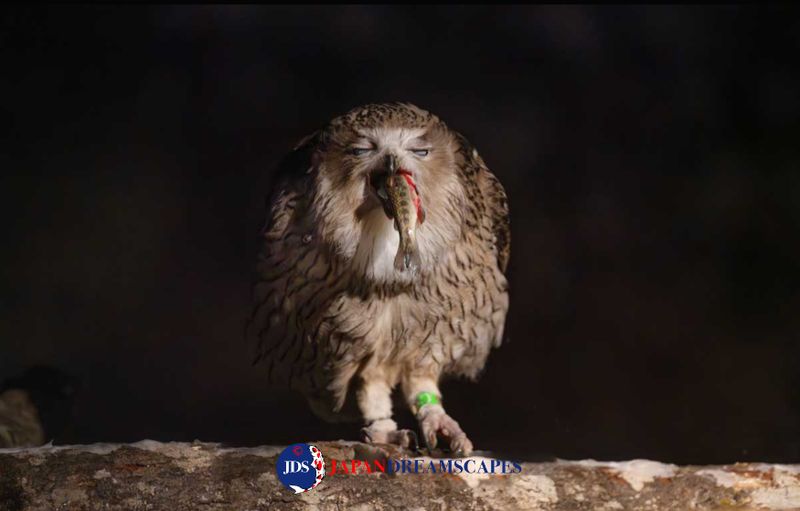Sep 26, 2024
Gallery

The Blakiston’s Fish Owl (Bubo blakistoni) is one of Hokkaido's natural treasures, and it is so sacred that the First Nations People of Japan, the Ainu, consider it a Kamuy or divine being. The Blakiston’s Fish Owl is considered a protector of villages by the Ainu, an ever vigilant guardian to keep them safe. The Iomante festival still practiced today is a way to return spirits of the kamuy back to the divine realm. The ceremony dedicated to the Blakiston’s Fish Owl is called the kotankorkamuy or mosirkorkamuy (the god of the village). There are records of ceremonies for the Blakiston’s Fish Owl that lasted for several days in order to thoroughly express the reverence and importance that the Blakiston’s Fish Owl played in the First Nations people of Japan, the Ainu. Unfortunately, due to the disappearance of their habitat and human encroachment, the Blakiston’s Fish Owl is on the International Union for Conservation of Nature (IUCN) endangered species Red list, with just over 2,000 adult owls remaining in the wild. Their distribution and range includes Russia’s far east, all the way north to Magadan as well as the Sakhalin and Kuril Islands, Inner Mongolia, China, and, of course, Hokkaido. In all regions outside Hokkaido, the Blakiston’s Fish Owls numbers are slowly decreasing. Hokkaido’s success in steadying the owl numbers is in no small part because of the conservation efforts being made to rejuvenate the forests where the owls roost and replenish themselves. Part of that conservation effort to preserve and ultimately grow the existing populations in Hokkaido comes in the form of protected national parks. Conservation and respect for nature are always on my mind, and while visiting I do everything I can so I do not disturb the wildlife, and leave the natural landscapes just as they were found.
